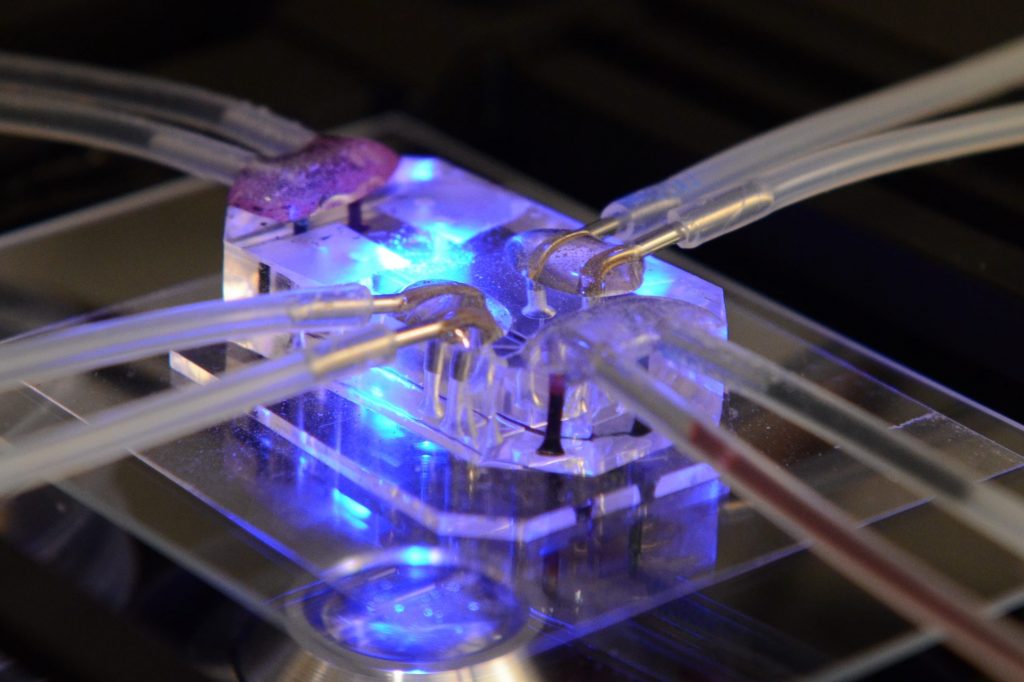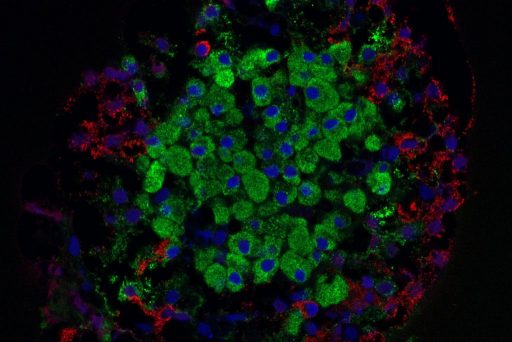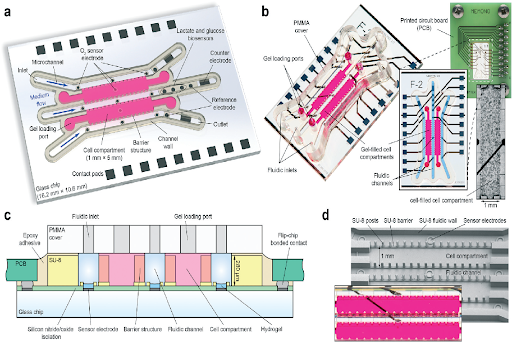Organs-on-Chips: The future of drug development
Organs-on-Chips: The Future of Drug Development Sanyami Jain Those of you who love technology may be familiar with computer chips and microchips. An array of electronic circuits on a compact, flat piece of silicon is known as a chip. However, do you know that we can create human organs on a chip? This article …










